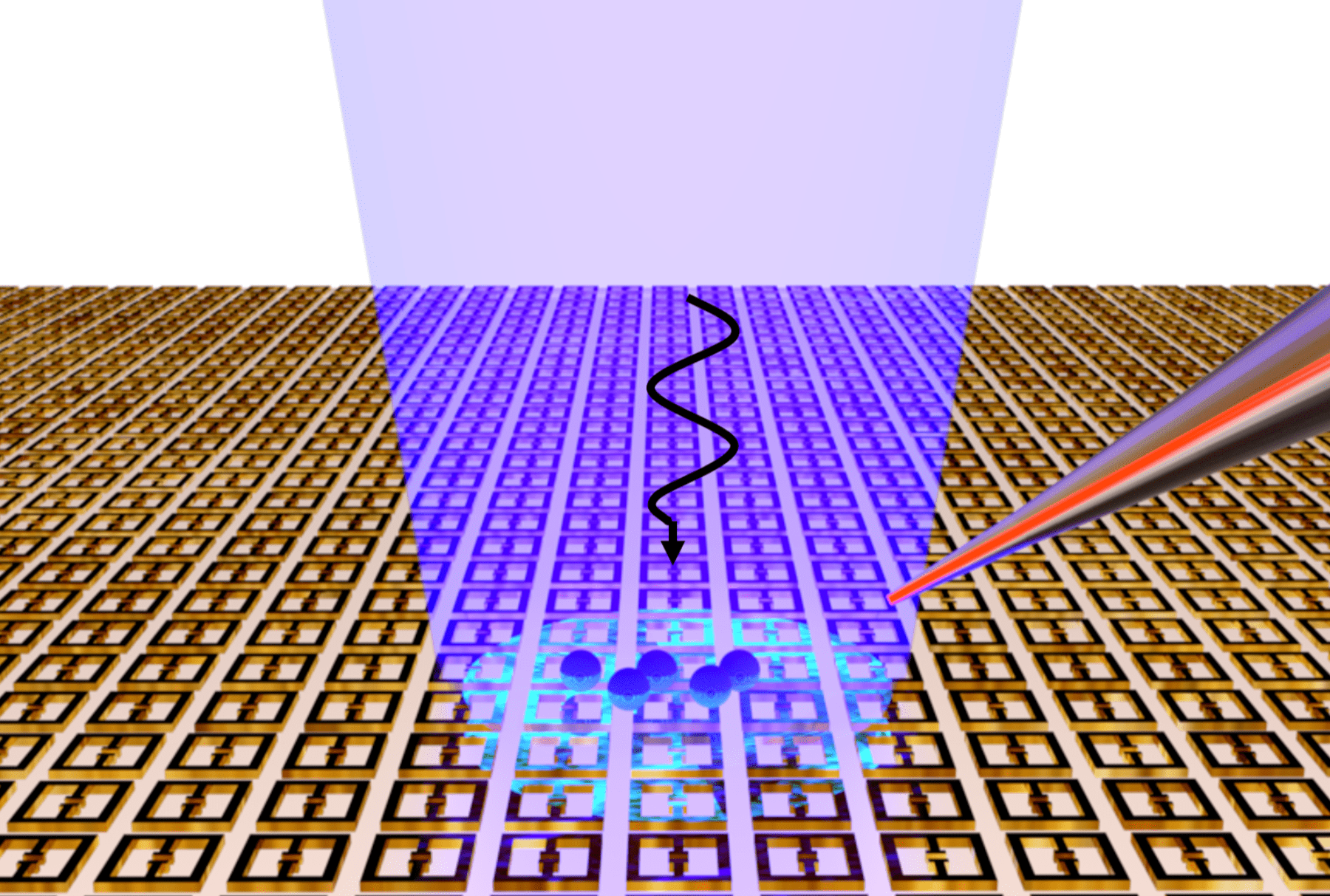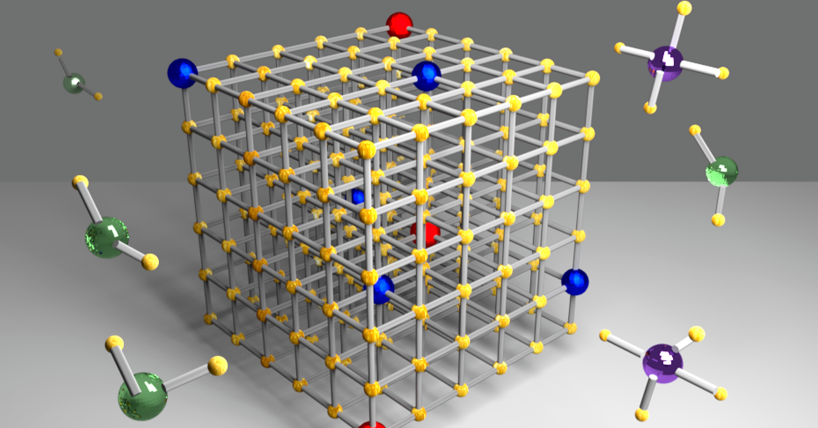Photonic Materials and Technologies
We ensure impact by developing world-leading studies in emerging and fast-growing optical technologies.
This field covers a wide range of prominent and emerging research areas, including:
- optical fibres and waveguides
- metamaterials
- metasurfaces (as their 2D versions) and light emitting materials
- nanophotonics
- plasmonics
- non-linear optics
- solid-state quantum-optics
- all-dielectric periodic structures
- modelling of optical transitions
Our research spans from fundamental studies (physical understanding of wave-matter interactions and its arbitrary control) to real world applications (such as devices based on transformation optics, quantum technologies and sensors).

Innovative research
We develop cutting edge research in Photonic materials for future technologies in spectral ranges from microwave, millimetre waves up to optical frequencies.
We design and realise new materials and devices that have a wide range of applications in fields such as:
- sensing
- data storage
- telecommunication
- next-generation lasers and LEDs
- optical computers
- secure quantum communication
Our work also explores metamaterials and metasurfaces concepts not only in space but also in time. We achieve this by studying temporal and space-time metamaterials where their properties are changed in four dimensions (x, y, z, t).
Plasmonics is a prominent research arena within the field of nanophotonics aiming to explore and understand interactions between light and matter at nanometre scales. Our research in this field is focused on the analysis, design and implementation of dielectric-metal nanoparticles and thin metallic films for enhanced Localized Surface Plasmons resonances and Surface Plasmons Polaritons control, respectively.
Future Photonic Technologies
Research and Innovation in Photonic Materials and Technologies is an important area of study with wide reaching future economic and societal impact.
It is in this context where our research stands out. By providing a physical insight of light-matter interactions and working together with industrial partners, we foresee that our research will be crucial for future innovations based on photonic materials.
We welcome a collaborative approach to tackle every day challenges as a part of, for example, the UK National Quantum Technologies Programme, the UK’s Future Photonics Hub or the EU Quantum Flagship.


.png)
